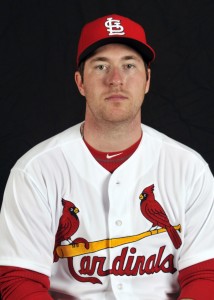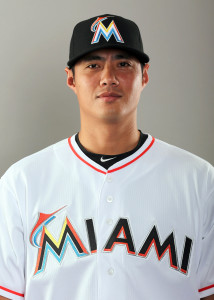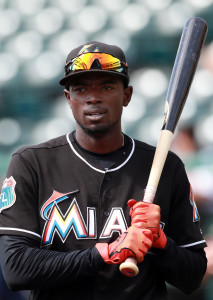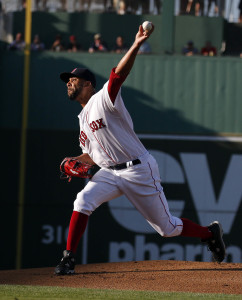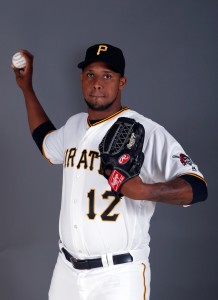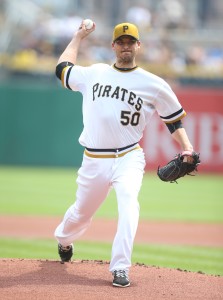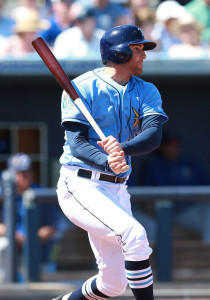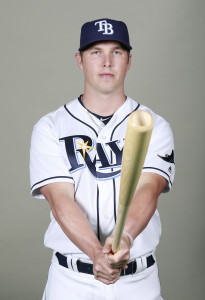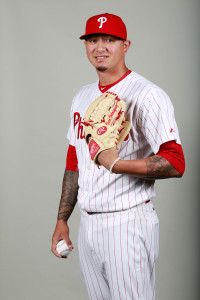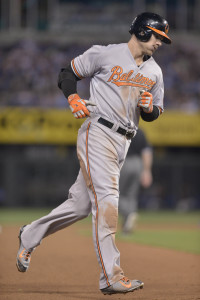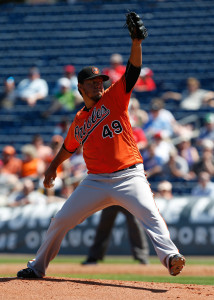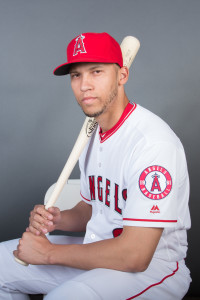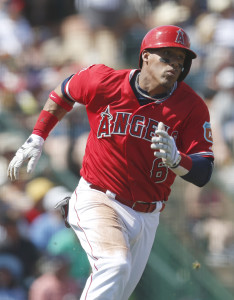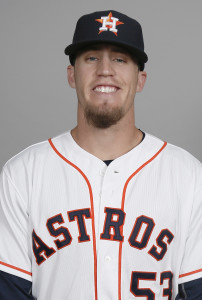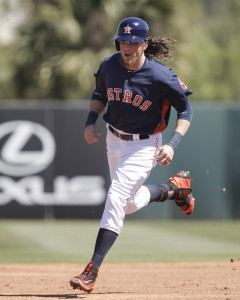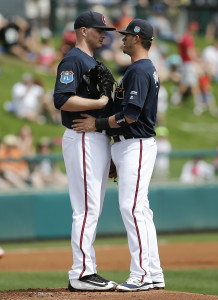This is the latest entry in MLBTR’s Offseason In Review series. The full index of Offseason In Review posts can be found here.
After a winter in which they dealt with several significant losses, last year’s winningest team will try to regroup for 2016.
Major League Signings
- P Mike Leake: five years, $80MM (plus 2021 mutual option)
- P Jonathan Broxton: two years, $7.5MM
- C Brayan Pena: two years, $5MM
- P Seung-Hwan Oh: one year, ~$5MM (plus 2017 option)
- SS Ruben Tejada: one year, $1.5MM
Notable Minor League Signings
Trades And Claims
- Acquired IF Jedd Gyorko and cash from Padres for OF Jon Jay
- Acquired SS Jose Martinez from Royals for C Tony Cruz
- Claimed P Jayson Aquino from Indians
- Selected P Matthew Bowman from Mets in the Rule 5 Draft
Extensions
- Kolten Wong, 2B: five years, $25.5MM (plus 2021 option)
Notable Losses
- Jason Heyward, John Lackey, Jay, Steve Cishek, Peter Bourjos, Randy Choate, Mark Reynolds, Carlos Villanueva, Cruz
Needs Addressed
A variety of departures and injury issues had the Cardinals playing catch-up this offseason. They tried to retain star outfielder Jason Heyward with an offer for a greater total value than the deal Heyward eventually received, but were dealt a serious blow when Heyward instead picked the Cardinals’ division rivals in Chicago. The Cards were briefly connected to Alex Gordon, but instead chose to focus on other needs, going with Matt Holliday, Randal Grichuk and Stephen Piscotty in the outfield and Brandon Moss and Matt Adams at first.
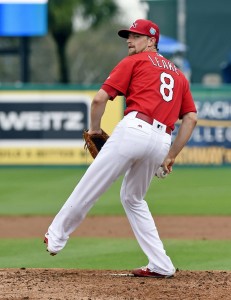
$80MM for a seemingly mid-grade starting pitcher like Leake seems like a lot, but perhaps it isn’t in an offseason in which Jeff Samardzija, Wei-Yin Chen and Ian Kennedy all received comparable amounts. (MLBTR’s Tim Dierkes predicted Leake’s $80MM contract exactly.) The 28-year-old Leake is easily the youngest of the four, and the Cardinals are effectively buying his late-prime years, at least in theory. Also, he has a strong health record, and his good control, ground-ball tendencies and strong hitting give him a high floor. Leake’s $80MM price tag reflects an escalation in starting pitcher salaries, but it’s also a reflection of Leake’s abilities, which are considerable, even if he isn’t as flashy as many of this winter’s other rotation options were.
The Cardinals’ other big-league signings were less significant, although they took steps to improve their bullpen. They re-signed Jonathan Broxton to a two-year deal after trading for him last July. The last several seasons of Broxton’s career have been spotty at times, and he struggled in 2015 with Milwaukee before being dealt to St. Louis, but he whiffed 9.4 batters per nine innings last year and still has mid-90s velocity. He should be in the Cardinals’ late-inning mix.
Joining him in that mix will be Seung-Hwan Oh, who’s making the leap to the US after nine seasons in his native Korea and two in Japan. Oh was a highly effective closer in both the KBO and the NPB, racking up a total of 357 saves between the two leagues and posting a career 1.81 ERA, 10.7 K/9 and 2.1 BB/9. The details of Oh’s contract still haven’t been released, but it reportedly guarantees about $5MM, with the chance to increase to $11MM over two years if Oh clears his incentives and the Cardinals pick up his 2017 option. That price would be a relative pittance for an everyday player, but it’s a significant commitment for a reliever, so the Cardinals seem to be banking on Oh being a key contributor to their bullpen.
Between Broxton, Oh and whatever they can get out of Jordan Walden (who’s currently struggling with what appears to be a continuation of the shoulder issues that cost him most of last season), the Cards’ bullpen could look quite different in 2016 than it did for most of last year, though it will also feature holdovers Trevor Rosenthal, Seth Maness and lefties Kevin Siegrist and Tyler Lyons (who’s out of options). Rule 5 pick Matt Bowman will reportedly get an opportunity in Walden’s absence.
Elsewhere, the Cardinals dropped light-hitting backup catcher Tony Cruz and replaced him with Brayan Pena, a competent but forgettable second catcher who signed a cheap two-year deal. In Spring Training, a late-breaking thumb injury to starting shortstop Jhonny Peralta forced the Cards to sign Ruben Tejada to a one-year, $1.5MM contract. Tejada is hardly a world-beater, but for the Cardinals to get a decent defensive shortstop with on-base ability after losing their shortstop in March rated as a minor coup at the time — Tejada is a credible big-league starter who only became available once the Mets released him, and in many seasons, it would have been hard for a suddenly-injury-ravaged team to find someone as good as Tejada without giving up any trade assets. Of course, Tejada went down with a quadriceps strain this week and will join Peralta on the DL to start the season.
The Cardinals also signed second baseman Kolten Wong to a five-year, $25.5MM deal that begins in 2016 and includes an option for 2021. The deal allows the Cards to control Wong for an extra two seasons through age 30 (since he would have been eligible for free agency after 2019), while providing Wong financial security. Wong doesn’t profile as a star, but he’s a solid defender and a good baserunner, and he provides enough offense that ensuring two extra years of his services on a relatively cheap extension seems like a reasonably low-downside gamble.
More analysis after the jump.

